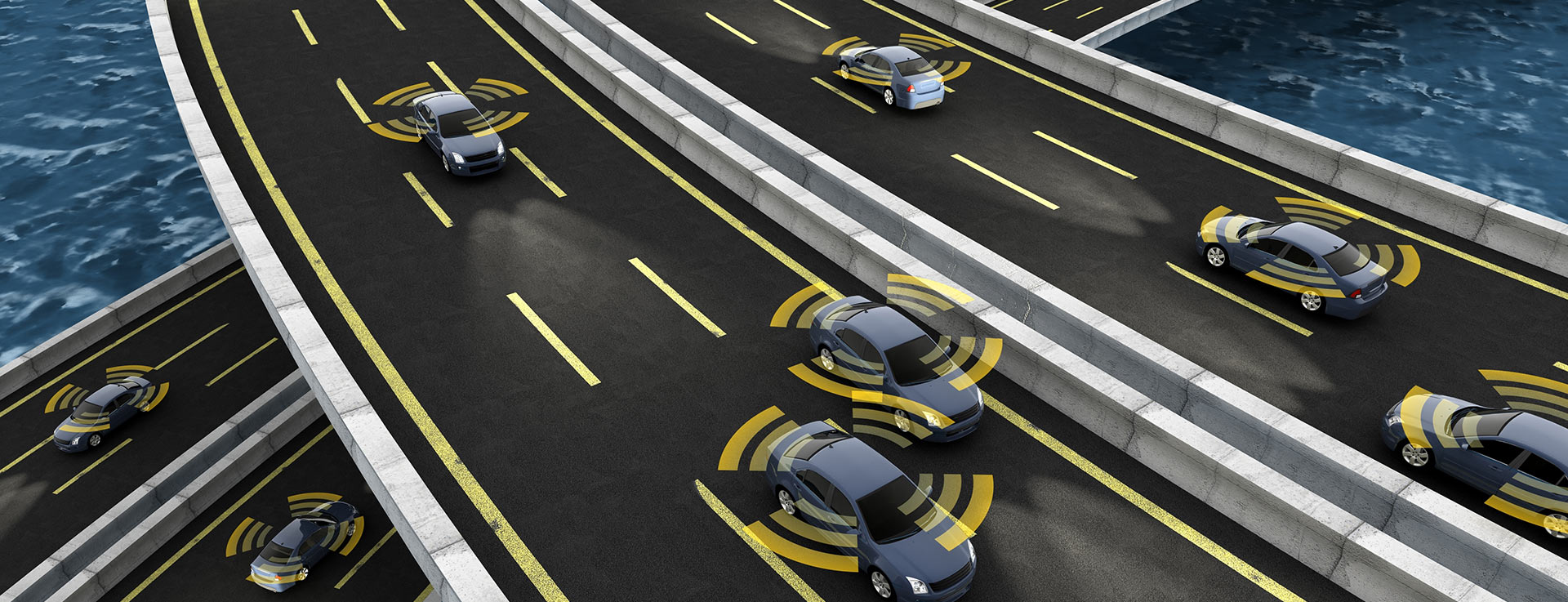 Jorit J. K. Schmelzle, Founder & CPO Peregrine Technologies GmbH, will participate in Insurance World Challenges’ Show & Tell Sessions.
Jorit J. K. Schmelzle, Founder & CPO Peregrine Technologies GmbH, will participate in Insurance World Challenges’ Show & Tell Sessions.
Understanding and mitigating risks is a key discipline in the insurance industry. Having the tools and the expertise for a quantitatively and qualitatively superior risk assessment leads to a more accurate prediction of claims frequency and claims severity and ultimately to a competitive advantage.
However some risks are very dynamic and possess inherently a significant variance. A good and illustrative example is motor insurance: Parameters such as specifications of the car or age and experience of the driver give generally only very weak indications for the actual individual risk. Measures such as duration of use, driving environment (city vs. countryside), time of day (rush hour vs. quiet early morning hours) etc. would give a much better and more individual indication for the risk at hand. With the rapid technological advances of the past decades, this data has come into reach for insurance companies.
Early tries to collect usage data were soon followed by efforts to collect more comprehensive telematics data in order to better understand and identify risky behavior by the amount of harsh braking maneuvers, driving at too high speeds or above average angular velocities. A major advantage for the motor insurer was herein not only having the superior risk assessment but also the chance and the tool-box to incentivize good behavior with a simple reward model: If a driver can show “better than average” telematic data recordings or “improvement” over time, he or she could receive a discount whenever the policy would be renewed.
However these approaches have one big flaw: Causality is often missing. But causality is absolutely indispensable when assessing behavior and creating an usage based insurance model. In other words: it is not enough to know that a certain behavior is happening, but an insurer also needs to know why that behavior is happening, or in other words, the risk carrier wants to know the underlying cause for a registered behavior. Let us for example consider a drunk driver approaching an intersection and only braking at the very last moment, because the driver realized the complexity ahead too late. A telematics system recording this would have recorded a strong braking maneuver. The very same braking maneuver could however be associated as well with a well trained driver going through a lively area in town, where a child was unexpectedly jumping onto the road and therein saving a life. Without access to visual context, this behavior is impossible to label as “ideal” or “poor”.
That is why common car telematics-only systems are not fit to enable usage based insurance and insurers need to adopt state of the art technological achievements such as modern environment perception.
A camera combined with powerful software is able to extract visual context from its environment in real time and lets machines perceive sceneries as humans do. Adopting such a technology can disrupt existing models in usage based insurance:
Not only would such a smart camera deliver the necessary data points to give reason to the common telematics data but would at the same time be able to support the driver in real time, issue warnings to prevent accidents, setting of a first notification of loss and calling for first responders automatically, detecting insurance fraud, sending automated first assessments of claims, having video proof when necessary and many more value added services.
Furthermore, companies have shown that all of this technology can be implemented on aftermarket devices: a smartphone for example has built in all the relevant sensors to collect telematics data, a camera, enough computational resources and connectivity to achieve all the above mentioned services. Furthermore, leveraging the smartphone as a street-level sensor implies that there are no hardware investments necessary from the insurers side. Partnering with highly innovative and strongly specialized companies in this field could accelerate the adoption of new technologies for large corporations in the insurance industry, rapidly leading to a catalogue of distinguishing, value added services.

